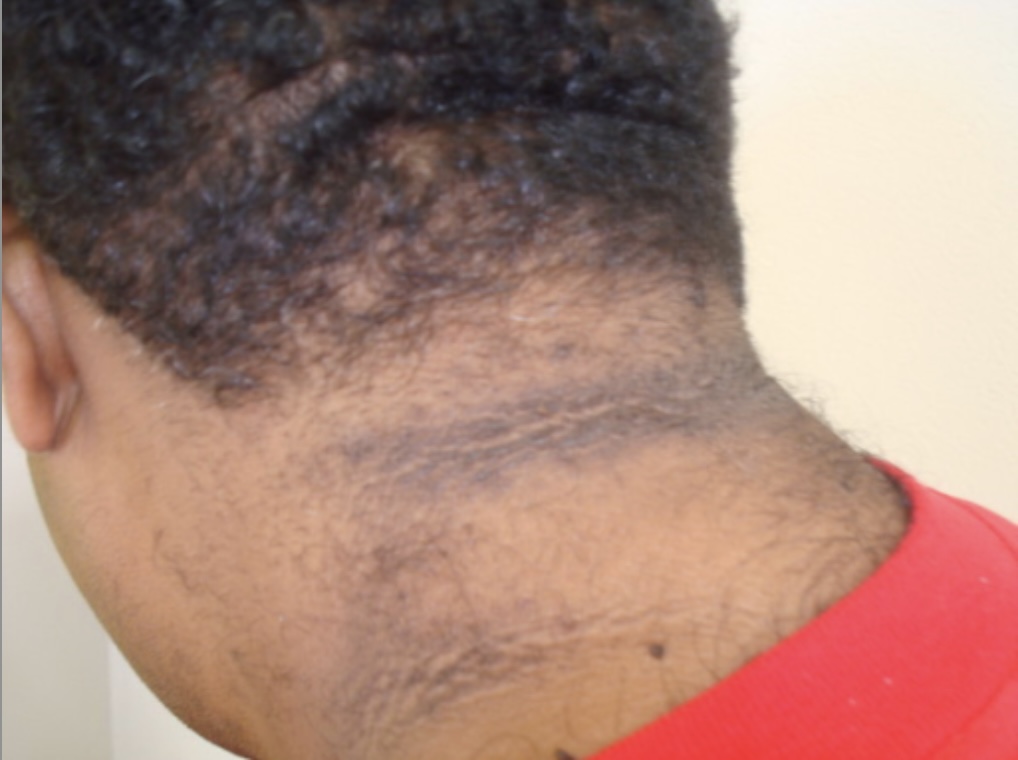Playlist
Show Playlist
Hide Playlist
Diabetic Polyneuropathy
-
Slides Neuropathic Pain Syndromes.pdf
-
Download Lecture Overview
00:01 Now, let's talk about diabetic polyneuropathy. 00:06 Diabetic polyneuropathy is a distal, symmetric polyneuropathy associated with diabetes. 00:11 And it's one of the more common causes of peripheral neuropathic pain. 00:17 What's happening with diabetes? Well, it causes a length-dependent sensorimotor polyneuropathy. 00:23 Longstanding diabetes results in an increased circulation of glycosylated proteins. 00:28 Those proteins lodge and gum up areas of small vascular beds, and one of those is the vasa nervorum, the vascular bed surrounding the nerves. 00:38 That long-term damage leads to demyelination of sensory and motor nerves and it is a distal dying back. 00:45 The longest nerves tend to be affected the most and the earliest. 00:49 So we see symptoms arising initially in the feet, working their way up the leg and ascending in a stocking glove distribution. 00:58 When symptoms begin to be apparent in the knees, we often see patients describe symptoms now arising in the hands. 01:05 The large and small fibers are affected by diabetes, and so, we see large fiber symptoms, problems with vibration and proprioception as well as small fiber symptoms, problems with neuropathic pain, paresthesias, and numbness. 01:21 Neuropathic pain is common in diabetic polyneuropathy. 01:25 It's seen in around 35% of diabetic patients. 01:28 Patients will describe tingling, burning, sharp, shooting sensation, lancinating sensations, all descriptions of neuropathic pain. 01:36 Mechanisms include oxidative damage and stress as a result of that glycosylated protein and dysfunction of small vascular beds around the nerve, as well as microvascular changes in the vascular bed around the nerve. 01:51 How do we treat neuropathic pain in diabetes? Well, some of the approved medications include duloxetine and pregabalin and can be quite effective in many patients. 02:01 There are also a number of off label, not approved, but off label medications, tricyclic antidepressants are not uncommonly used, gabapentin, venlafaxine, and sometimes, topical agents when pain is localized to a specific region of the body.
About the Lecture
The lecture Diabetic Polyneuropathy by Roy Strowd, MD is from the course Neuropathic Pain Syndromes.
Included Quiz Questions
What is usually meant by the term "diabetic neuropathy?"
- Length-dependent sensorimotor polyneuropathy
- Position-dependent motor polyneuropathy
- Length-dependent autonomic polyneuropathy
- Central demyelinating polyneuropathy
- Cranial nerve palsy
What is the usual anatomical distribution of diabetic polyneuropathy?
- Feet and lower legs
- Dermatomal distribution
- Hands and forearms
- Radicular pattern
- Sacral nerve distribution
Customer reviews
5,0 of 5 stars
| 5 Stars |
|
5 |
| 4 Stars |
|
0 |
| 3 Stars |
|
0 |
| 2 Stars |
|
0 |
| 1 Star |
|
0 |




